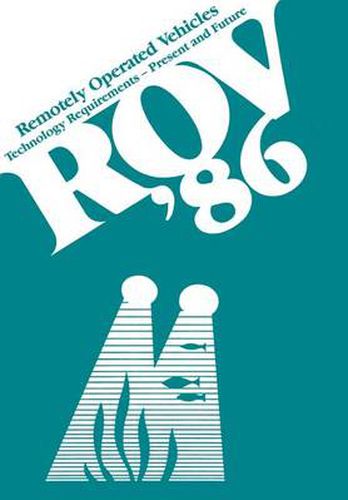Readings Newsletter
Become a Readings Member to make your shopping experience even easier.
Sign in or sign up for free!
You’re not far away from qualifying for FREE standard shipping within Australia
You’ve qualified for FREE standard shipping within Australia
The cart is loading…






There is now an awareness within the industry, particularly as oil companies direct considerable resources towards developing diverless production systems, that a fully integrated approach to equipment design and intervention is necessary to achieve an acceptable system. The requirement for an integrated approach to equipment design and intervention is applicable not only to diverless depths but to all subsea structures, equipment and intervention techniques in whatever depth. Fortunately the inherent dexterity of the diver does not impact so severely on design as other intervention techniques. However the benefits of an integrated approach are still applicable and the use of such simple diver aids as cutting guides and subsea markings installed prior to the installation of jackets and subsea equipment can have a significant impact on the cost of intervention. This paper examines the requirements and limitations in designing subsea equipment for Remotely Operated Vehicle (ROV) intervention. For the oil company embarking on the development of a diverless production system, be it totally diverless because of the envisaged water depth or primarily diverless with the possibility of diver back up, the intervention techniques adopted will strongly influence the final system design. The necessity to undertake an extensive development programme to produce the optimum intervention system is very costly, requires long lead times and comprehensive testing particularly where novel solutions are adopted. It is a daunting prospect for even the most progressive of oil companies.
$9.00 standard shipping within Australia
FREE standard shipping within Australia for orders over $100.00
Express & International shipping calculated at checkout
There is now an awareness within the industry, particularly as oil companies direct considerable resources towards developing diverless production systems, that a fully integrated approach to equipment design and intervention is necessary to achieve an acceptable system. The requirement for an integrated approach to equipment design and intervention is applicable not only to diverless depths but to all subsea structures, equipment and intervention techniques in whatever depth. Fortunately the inherent dexterity of the diver does not impact so severely on design as other intervention techniques. However the benefits of an integrated approach are still applicable and the use of such simple diver aids as cutting guides and subsea markings installed prior to the installation of jackets and subsea equipment can have a significant impact on the cost of intervention. This paper examines the requirements and limitations in designing subsea equipment for Remotely Operated Vehicle (ROV) intervention. For the oil company embarking on the development of a diverless production system, be it totally diverless because of the envisaged water depth or primarily diverless with the possibility of diver back up, the intervention techniques adopted will strongly influence the final system design. The necessity to undertake an extensive development programme to produce the optimum intervention system is very costly, requires long lead times and comprehensive testing particularly where novel solutions are adopted. It is a daunting prospect for even the most progressive of oil companies.